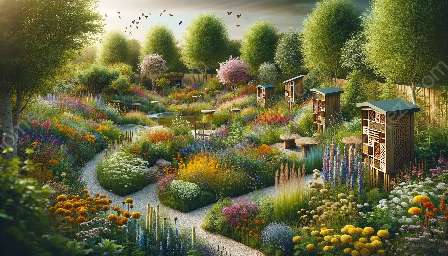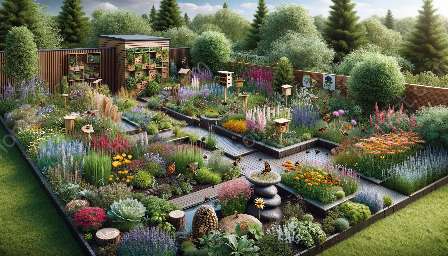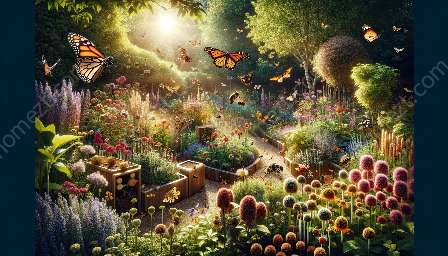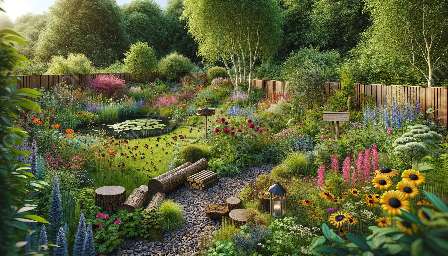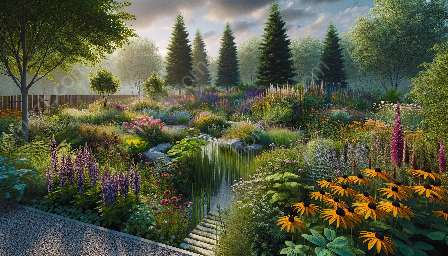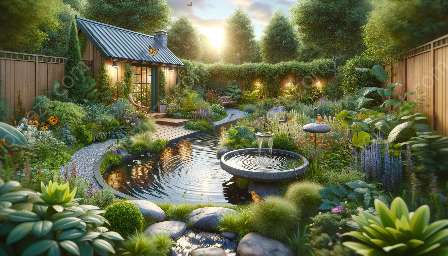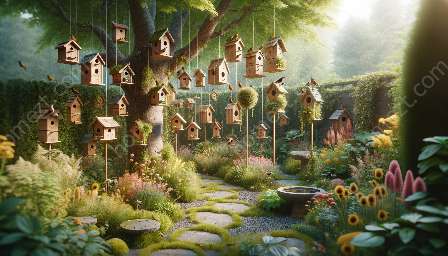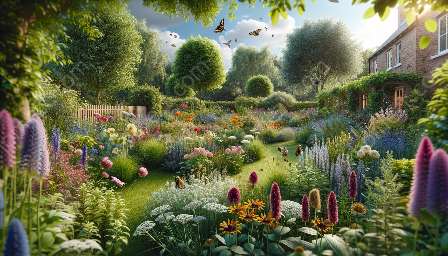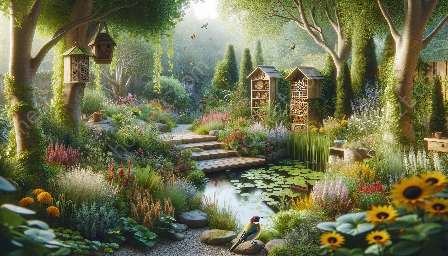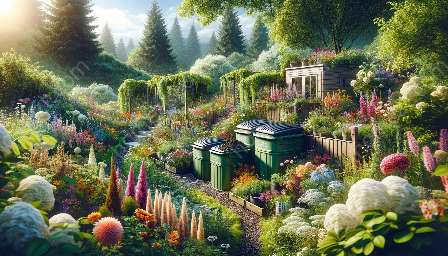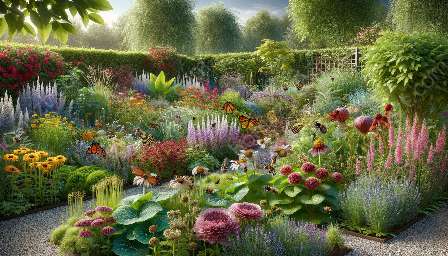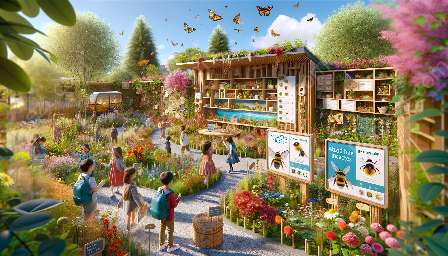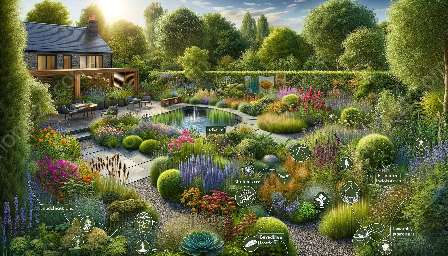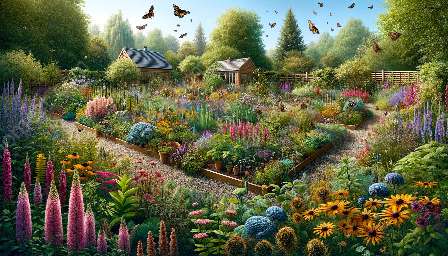Wildlife gardening plays a crucial role in supporting biodiversity and preserving the natural ecosystem. By cultivating a garden that welcomes and supports wildlife, individuals can contribute to the health of the environment and create a sustainable and thriving outdoor space.
Attracting Beneficial Insects
One of the key components of wildlife gardening is the attraction of beneficial insects. These insects play a vital role in pollination and pest control, helping to maintain the equilibrium of the garden's ecosystem. By planting a variety of nectar-rich flowers and providing suitable habitats, gardeners can encourage the presence of beneficial insects, such as bees, butterflies, and ladybugs, which contribute to the overall health of the garden.
Creating a Wildlife-Friendly Garden
Designing a garden that is hospitable to wildlife involves a combination of careful planning and thoughtful cultivation. Incorporating native plants, which provide food and shelter for local wildlife, is essential. Additionally, leaving some areas of the garden undisturbed, such as wildflower meadows or leaf litter, can provide valuable habitats for insects, birds, and small mammals.
Water features, such as birdbaths or small ponds, can also attract a variety of wildlife, offering a source of hydration and bathing opportunities. Furthermore, minimizing the use of chemical pesticides and herbicides is crucial to maintaining a healthy environment for insects and other wildlife.
Importance for the Garden
Wildlife gardening not only benefits the broader environment but also enhances the overall health and appearance of the garden. Ecologically diverse gardens are often more resilient to pests and diseases, requiring fewer interventions and reducing the reliance on chemical treatments. Additionally, the presence of wildlife, such as birds and butterflies, adds an enchanting and dynamic dimension to the garden, creating a harmonious and captivating outdoor space.
Educational Value
By embracing wildlife gardening, individuals have the opportunity to learn about the complexities and interconnectedness of nature. Observing the behaviors of various wildlife species and understanding their contributions to the garden ecosystem can instill a profound appreciation for the natural world. This experiential learning can be particularly impactful for children, fostering a sense of responsibility and stewardship towards the environment.
Conclusion
Wildlife gardening is an invaluable practice that not only benefits the garden and local ecosystem but also contributes to the broader conservation of biodiversity. By creating a welcoming habitat for wildlife and promoting the presence of beneficial insects, individuals can make a meaningful difference in preserving the natural world while enjoying the beauty and tranquility of their own garden.

